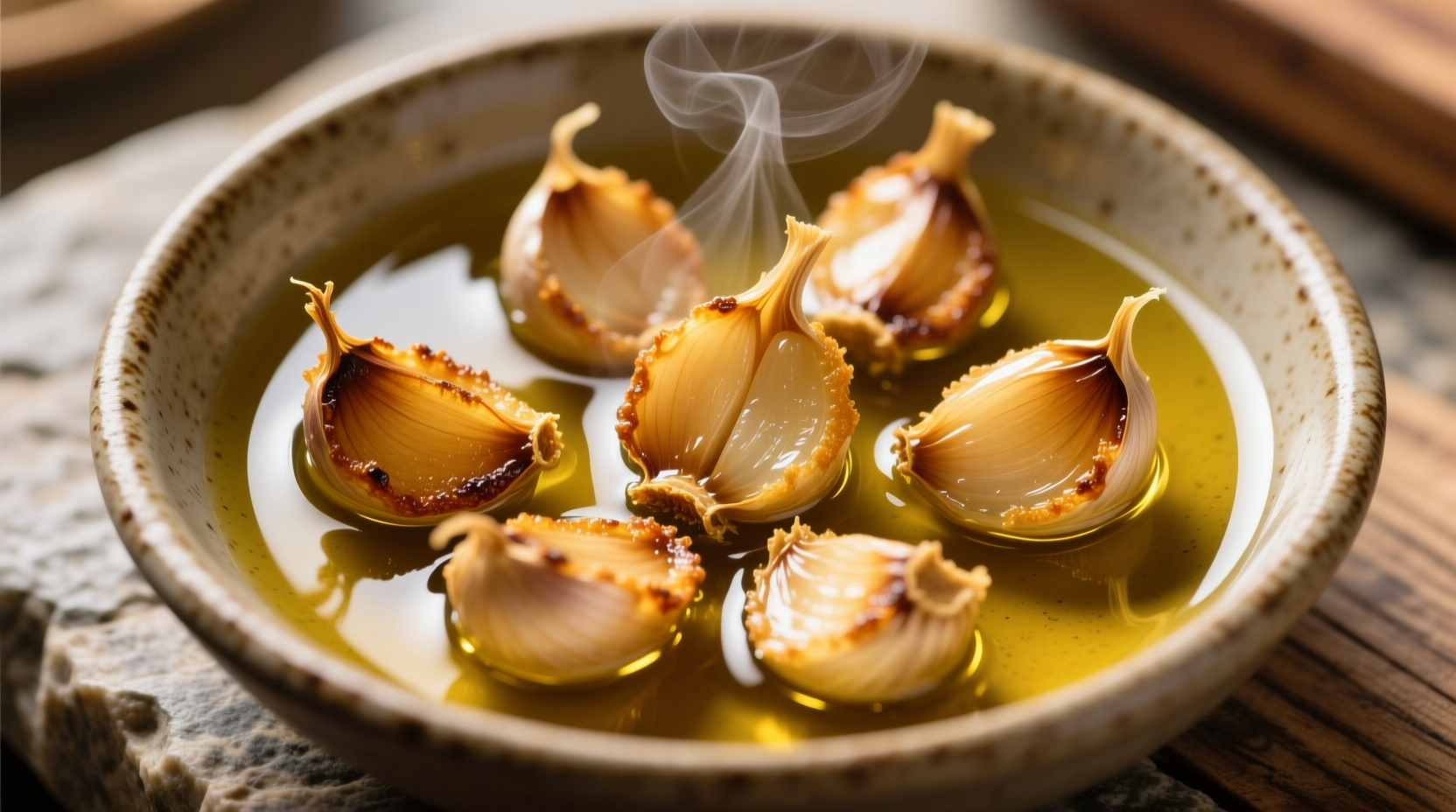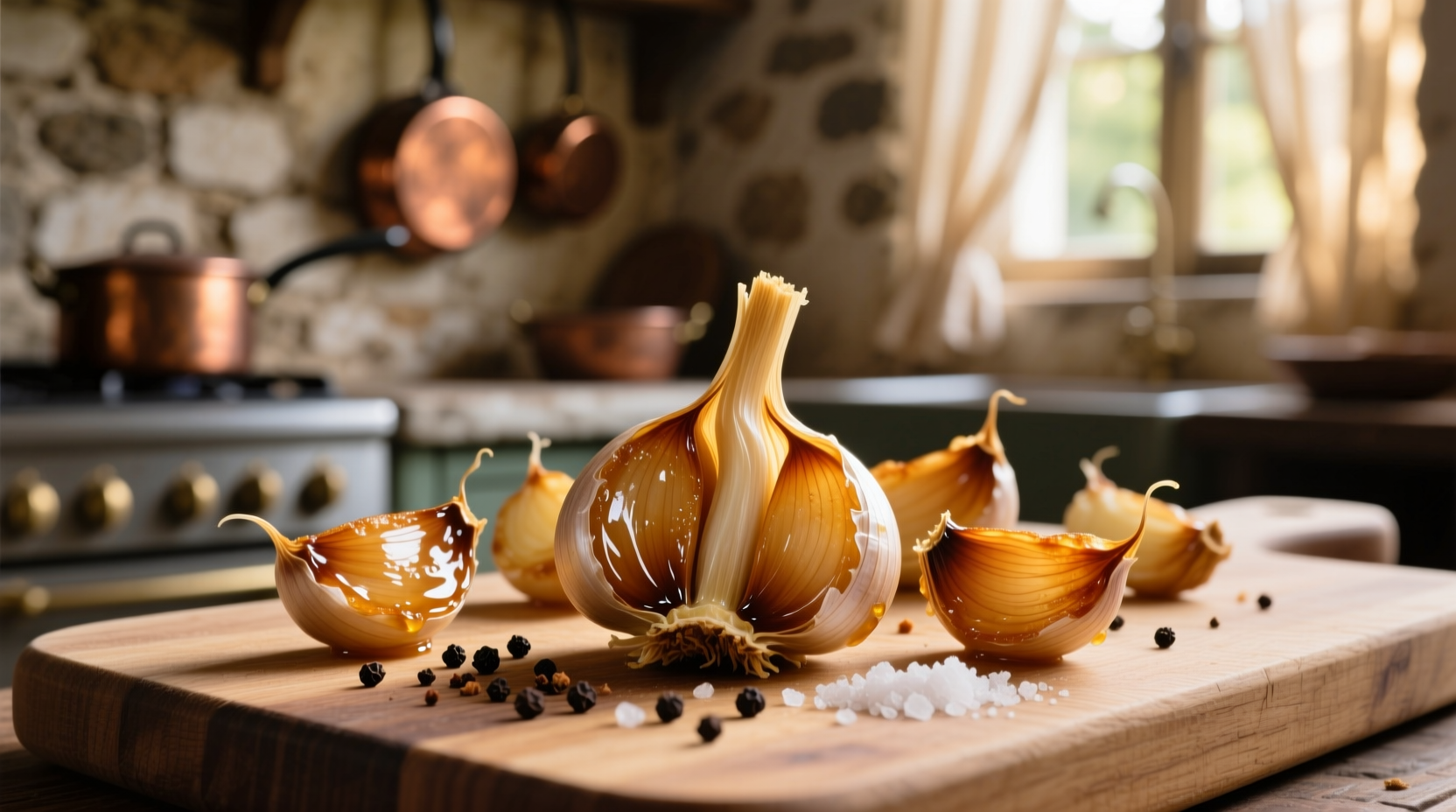Fried garlic cloves are thinly sliced or whole garlic pieces deep-fried in oil until golden brown and crispy, creating a sweet, nutty flavor with reduced pungency. This simple technique transforms raw garlic into a versatile culinary ingredient that adds depth to dishes while providing a satisfying crunch. Properly fried garlic should be uniformly golden (not burnt), with a crisp texture that maintains integrity when added to hot dishes.
Why Fried Garlic Cloves Elevate Your Cooking Game
When you master fried garlic preparation, you unlock a flavor accelerator that professional chefs rely on for instant depth. Unlike raw garlic's sharp bite or roasted garlic's mellow sweetness, fried garlic delivers complex umami notes with subtle caramelization. The Maillard reaction during frying creates over 60 distinct flavor compounds that enhance savory dishes without overwhelming them.

Garlic Preparation Methods Compared
| Preparation Method | Flavor Profile | Best Uses | Shelf Life |
|---|---|---|---|
| Raw minced | Sharp, pungent, acidic | Salsas, vinaigrettes, quick sauces | 1-2 days refrigerated |
| Fried (proper) | Nutty, sweet, complex umami | Garnishes, stir-fries, finishing oil | 2-3 weeks stored properly |
| Roasted whole | Mellow, buttery, caramelized | Spreads, mashed potatoes, braises | 4-5 days refrigerated |
| Black garlic | Balsamic, tamarind, molasses | Glazes, desserts, premium sauces | Months refrigerated |
The Evolution of Garlic Frying Techniques
Garlic frying has evolved significantly across culinary traditions. Historical records from the USDA National Agricultural Library show that Chinese chefs were using controlled oil temperatures for garlic preparation as early as the Song Dynasty (960-1279 AD). Mediterranean cultures developed similar techniques by the 15th century, documented in the University of Cambridge's culinary archives. Modern precision comes from understanding that the ideal frying temperature (275-300°F / 135-150°C) prevents the formation of bitter compounds that occur above 320°F (160°C).
Step-by-Step: Perfect Fried Garlic Every Time
Follow this professional method for consistently crisp results:
- Select quality garlic: Choose firm, plump cloves without green sprouts (which indicate bitterness)
- Peel and slice: Use a chef's knife to create uniform 1/16-inch slices (thinner than you'd use for roasting)
- Oil preparation: Heat neutral oil (like avocado or grapeseed) to 275°F in a heavy-bottomed pan
- Fry in batches: Add cloves in single layer, stirring constantly for 60-90 seconds until golden
- Drain properly: Transfer immediately to paper towels, then to a wire rack to prevent steaming
- Cool completely: Allow 5 minutes before storing to ensure maximum crispness
When Fried Garlic Works (and When It Doesn't)
Understanding context boundaries prevents culinary disappointment. Fried garlic excels in:
- Asian stir-fries and noodle dishes (added at the end as garnish)
- Mediterranean vegetable preparations (tossed with roasted vegetables)
- Finishing oils for soups and stews
- Crust components for proteins
But avoid using fried garlic in:
- Long-simmered tomato sauces (becomes bitter)
- Dairy-based soups (oil separates unattractively)
- Raw applications requiring sharp garlic notes
- Dishes requiring uniform garlic distribution (use infused oil instead)
Pro Storage Techniques for Maximum Shelf Life
Store your fried garlic properly to maintain quality:
- Room temperature: Keep in airtight container away from light for up to 3 weeks
- Refrigerated: Extends life to 6 weeks but may lose some crispness
- Freezing: Place in single layer on parchment, then transfer to freezer bag for 6 months
Revive slightly soft garlic by spreading on baking sheet and heating at 300°F for 3-5 minutes. Never store fried garlic in its cooking oil - this creates a soggy texture and potential food safety issues according to FDA food safety guidelines.
Advanced Applications Beyond Basic Garnish
Elevate your cooking with these professional techniques:
- Create garlic oil by straining used frying oil through cheesecloth
- Infuse butter with fried garlic for compound butter applications
- Grind into fine powder for seasoning blends
- Layer between pasta sheets in lasagna for flavor pockets
- Add to vinaigrettes just before serving for texture contrast
Frequently Asked Questions
Can I use olive oil for frying garlic cloves?
Yes, but only for low-temperature frying (below 300°F). Extra virgin olive oil has a lower smoke point than neutral oils and can become bitter when overheated. For best results, use refined olive oil which has a higher smoke point while retaining some flavor characteristics.
Why do my fried garlic cloves turn bitter?
Bitterness occurs when garlic exceeds 320°F (160°C), triggering the formation of bitter compounds. This happens when oil is too hot, slices are uneven, or garlic remains in oil after frying. Always use a thermometer and remove garlic immediately when golden.
How can I tell when fried garlic is perfectly cooked?
Perfectly fried garlic turns a uniform light golden color with no dark spots. It should float to the surface of the oil and produce fine, steady bubbles. The aroma shifts from raw garlic to nutty and sweet. When removed from oil, it continues to cook slightly from residual heat, so pull it out just before reaching your desired color.











 浙公网安备
33010002000092号
浙公网安备
33010002000092号 浙B2-20120091-4
浙B2-20120091-4